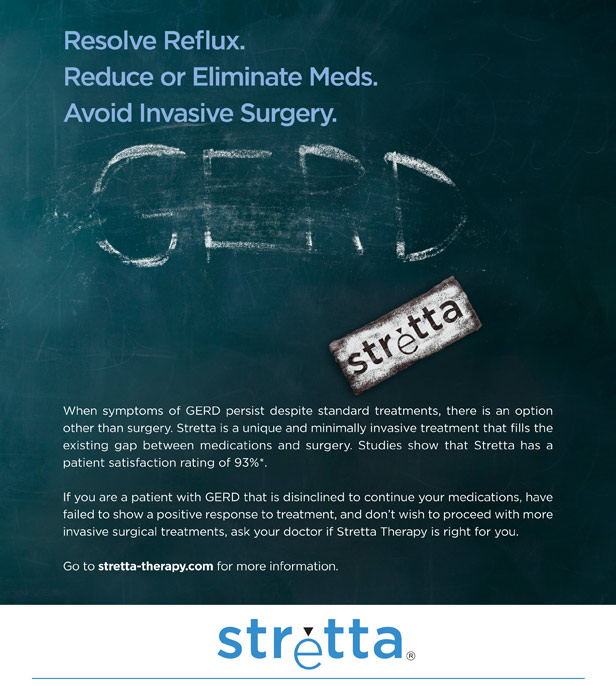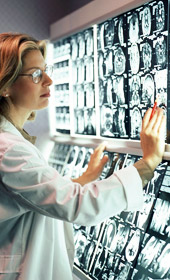medical services

Gastroesophageal Reflux Disease (GERD) is familiarly know as heartburn or acid indigestion to most of the population. It's so common that doctors prescribe more medications for it than for most other ailments. The term heartburn is misleading because it has no relationship with the heart, although the burning and pain located in the lower esophagus is located near to the heart.
GERD originates at the point where the stomach and esophagus meet. The lower esophageal sphincter or LES is a ring of muscle around the point where the stomach and esophagus meet, closing off the stomach to prevent its contents from moving up into the esophagus. When the LES fails to properly close, acids and enzymes from the stomach may move into the esophagus, causing its sensitive lining to become burned. The function of the esophagus is affected by the destruction of the lining which results in further acid indigestion. Over a period of constant GERD reflux, the esophageal wall becomes scarred causing the lower esophagus to be narrowed, referred to as a stricture. The most serious effect of GERD is Barrett's Esophagus in which the lining of the esophagus is seriously damaged and is believed to be a precursor to esophageal cancer.
While many people suffer from occasional heartburn, true gastrointestinal esophageal reflex disease is a chronic condition. The damage caused by the gastric juices can create esophagitis - inflammation of the esophagus. Acid reflux treatment depends on the specific cause of GERD disease. Generally, acid indigestion is caused by a weakened lower esophageal sphincter (LES), contraction of the esophageal, overeating especially near bedtime, and hiatal hernias. Some causes of GERD are: abnormalities preventing the proper contraction of the LES, abnormal relaxation of the lower esophageal sphincter (inappropriate relaxation), and a inefficient sphincter. Pregnancy, diseases which cause weakened esophageal muscles, and people who produce particularly large amounts of acid are other causes of GERD reflux. Hiatal hernias, an extension of the upper part of the stomach through the LES, is quite common in GERD patients.
Heartburn treatment is basically changes in lifestyle, medications, and, if necessary, surgery. Patients are advised to raise the head of their bed, support themselves with pillows, follow the GERD diet which recommends eating six small meals throughout the day instead of larger ones, especially at dinner, and avoiding foods which give the patient GERD symptoms. Once a patient begins treatment for heartburn they may need to continue it even when the symptoms of acid reflux appear to be under control. Physicians can prescribe a variety of medications to treat acid reflux, in fact a large percentage of prescriptions written are to treat gastroesophageal reflux disease. When this disease begins to affect the ability to swallow saliva and food, or when there is danger of regurgitation into the lungs, surgical intervention becomes necessary. The most common surgical treatment of GERD is fundoplication, a laparoscopic procedure, in which the lower gastroesophageal sphincter is strengthened or a new one created by slipping the upper part of the stomach over the lower end of the esophagus. Some endoscopic procedures have helped provide acid indigestion relief. They include tightening the LES by sutures, using radio waves to damage the lower esophageal muscles and forming scars which then pull on the sphincter, and the injection of pressure-causing drugs to keep the LES from opening when it should not.

 English
English Español
Español Françai
Françai Turkish
Turkish العربية
العربية